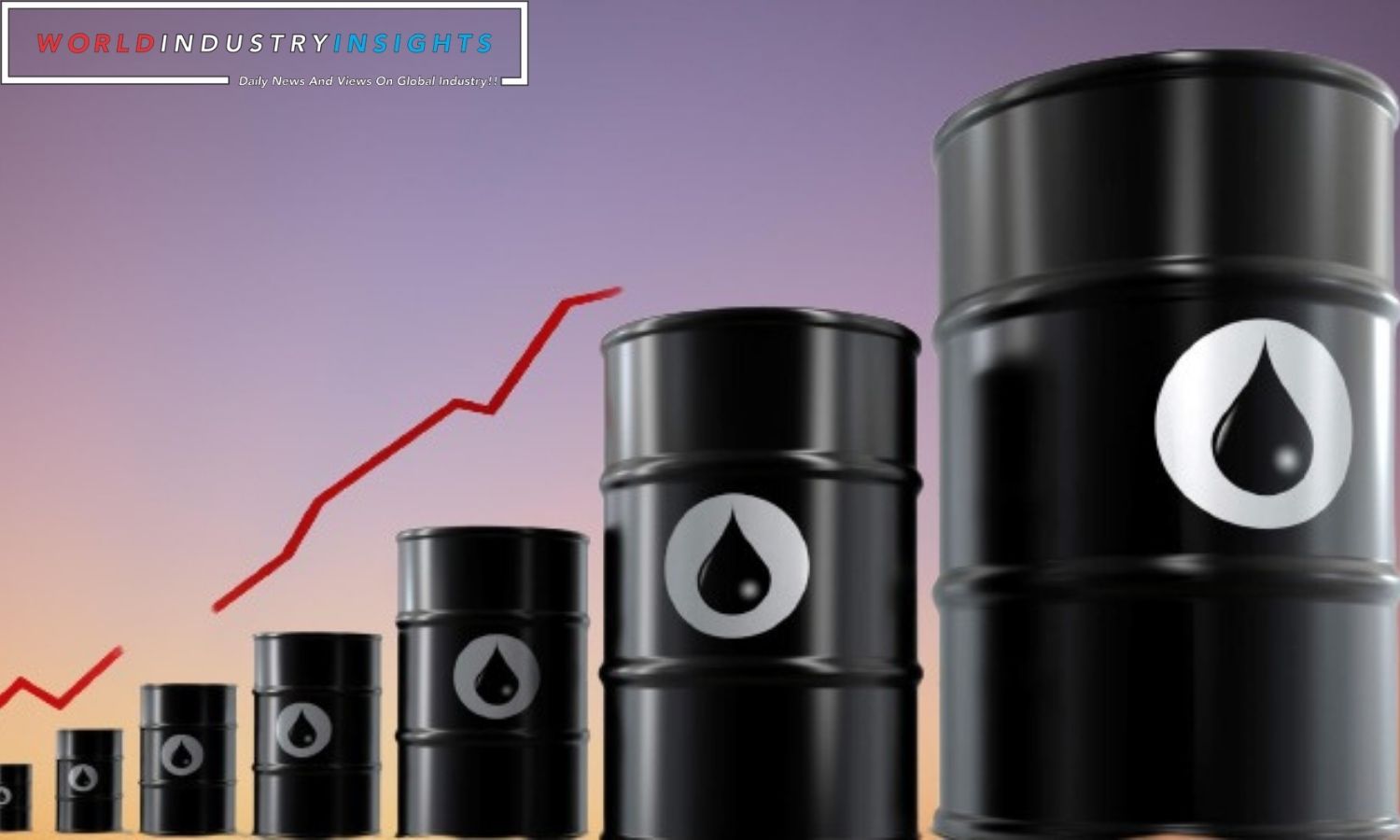Global Oil Shortages: On Monday, oil prices rose due to global oil shortages. Significant variables including lower supplies from Saudi Arabia and Russia mitigated concerns about global demand growth. High interest rates contributed to this outcome.
Brent oil, a global commodities price benchmark, rose 75 cents to $85.55 at 3:01 GMT. An American barrel of West Texas Intermediate oil cost $82.05, up 80 cents from the day before. The September WTI contract ends on Tuesday, while the more popular October contract is up 73 cents to $81.39 a barrel. Just while this is happening, the September bargain ends.
It’s still vital to look back. Both front-month standard prices broke their seven-week uptrend. This caused a 2% weekly loss. The strengthening of the U.S. dollar due to expectations of long-term high interest rates explains this pattern. China’s real estate crisis increases concerns about its economy and oil needs, aggravating this issue.
Stefano Grasso, a famous portfolio manager at Singapore’s 8VantEdge, takes an intriguing approach. Initial ship-tracking data from Kpler suggests OPEC+ supplies will dip in August. From this, Grasso concludes “the scales are tipping.” On one hand, supply is decreasing while demand is rising rapidly. He said OPEC+ will maintain control until the global economy collapses and customer demand plummets.
Read More: Australia Tomahawk missile purchase: Strategic Move in a Changing World
The global oil scenario is a patchwork of sophisticated strategies and geopolitical actions, not just numbers. China, which buys the most crude oil, meticulously uses up its massive oil reserves at the start of each year. Why does that happen? Due to OPEC and its partners’ strategy to restrict oil supplies, mainly Russia, Chinese refiners are buying less. This is a healthy step. This partnership, known as “OPEC+,” raised market prices above $80 per barrel.
Recent data from the Chinese customs agency shows how things are changing. July oil exports from Saudi Arabia to the Asian superpower fell 31%. Saudi Arabia is a major oil producer. However, Russia took advantage of decreasing crude oil prices to maintain its status as China’s principal supplier.
However, Chinese refiners did not do nothing in a changing environment. In July, they exported more refined items after discovering they could make a lot of money.
Looking at the U.S. shows another perspective. The number of active oil rigs decreased. Leading indicators of future production trends are these rigs. Baker Hughes’ Friday research showed that this number dropped five points during the past week, reaching 520. This is the lowest number since March 20, 2022.
Finally, the global oil industry, with its massive oil reserves, complex pipelines, and diverse economic tastes, is at a crossroads. Big countries, companies like OPEC+, and other key players are on the chessboard, so every move affects multiple regions. As product prices rise and supply networks strain, who will cave in first in this high-stakes game of strategy and survival? The only way to understand is to pass time.
Our Reader’s Queries
Is there a shortage of oil in 2023?
According to the agency, if Saudi Arabia and Russia continue with their production cuts, the market will experience a significant shortage until the fourth quarter of 2023. Even if these two major oil producers ease their restrictions in early 2024, oil inventories will still be severely depleted.
How much oil is left on Earth 2023?
The duration of the world’s oil supply is a topic of much debate. It’s challenging to determine the exact amount of oil remaining on the planet, and opinions vary on when we’ll exhaust our reserves. Nevertheless, it’s projected that as of 2023, there will be sufficient oil to satisfy global demand for a minimum of 27 years.
Why is oil in short supply?
The world is on the brink of a major oil shortage, and it’s only a matter of time before it becomes a reality. The primary reason for this is the lack of new oil discoveries. Currently, 90% of the oil being extracted comes from fields that are at least two decades old. This means that we are relying on finite resources that will eventually run out. It’s crucial that we start exploring alternative energy sources to avoid a catastrophic energy crisis in the future.
What is the global oil deficit?
According to projections, the world’s oil supply will fall short of demand by 1.1 million barrels per day in 2025. This gap is expected to widen to 7.1 million barrels per day by 2030, which could lead to an increase in oil prices.


